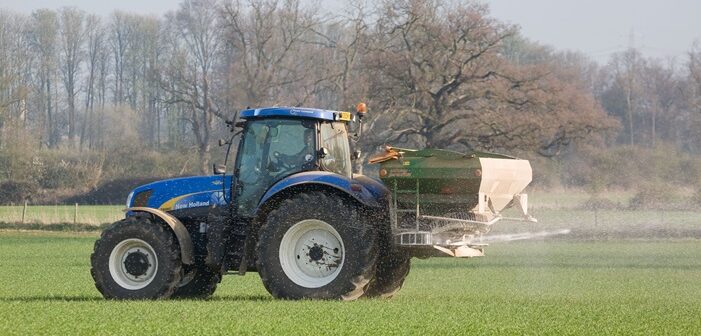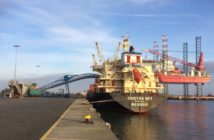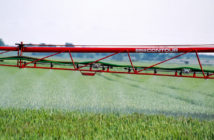The AHDB is warning of a potential jump in fertiliser prices as the conflict between Israel and Iran intensifies.
This latest escalation has raised concerns about potential disruptions to global energy supplies. Iran is a major crude oil producer with substantial natural gas reserves, while Israel remains a key regional energy player. In addition, the Strait of Hormuz, through which around 20% of the world’s oil passes, lies near Iran. Any threat to this vital corridor could significantly restrict global supply.
Energy prices have surged in response. From 12 – 17 June, nearby Brent crude futures jumped 12% to £56.95 per barrel, the highest price since early April. UK natural gas futures (nearby) also rose 9%, reaching 92.93p per therm.
Rising energy costs could have a knock-on effect on fertiliser prices, particularly nitrogen-based products, which are highly energy-intensive to produce. According to the latest GB fertiliser prices, nitrogen fertiliser costs remain relatively high.
The conflict hasn’t impacted fertiliser prices yet. Imported ammonium nitrate (AN) for May 2025 was quoted at £372/t, down £9/t from April, and £45/t more than in May 2024. UK-produced AN was quoted slightly higher at £380/t for May.
Meanwhile, phosphate and potash fertiliser prices edged up in May. The average spot price for Diammonium Phosphate (DAP) rose by £13/t to £618/t, the highest level since May 2023. Similarly, the average spot price for Muriate of Potash (MOP) increased slightly by £1/t to £352/t, the highest price seen since September 2024. Israel, a key potash exporter, may face supply disruptions if the conflict escalates.




